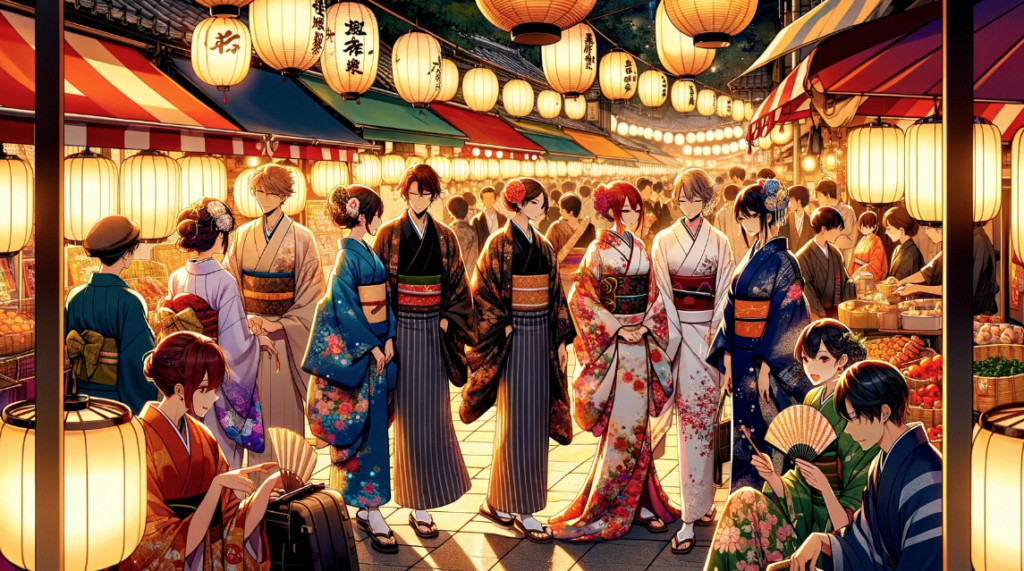
「講師への連絡 チャット」とは?
レッスンの「予約」が完了すると、マイページ「予約表」に「講師への連絡」ボタンが
表示されます。
「緊急時」や「コールアイコンを使ってZOOM (Teams) レッスンに参加する」、「レッスンコースの変更を知らせる」際に使う講師との「チャットボット」になります。
「講師への連絡 チャット」 どんな時に使うのですか?
▮ 初めてのレッスン(無料体験を含む)で希望レッスンを伝える
(一度、受講頂くと、受講歴からカリキュラムの順番で進めてまいります)
ご注意: 希望レッスンはレッスン時間の3時間前までにご連絡ください。
▮ コース変更を伝える
(一度、受講頂くと、受講歴からカリキュラムの順番で進めてまいります)
ご注意: コース変更はレッスン時間の3時間前までにご連絡ください。
▮ 講師からTeams(ZOOM)コールが来ない(コンタクトリクエストの承認ができない)
Teams(ZOOM) アカウントから講師とコンタクトできない場合に、緊急対応として、
「ZOOM コールアイコン」、「Teamsコールアイコン」から、講師のTeams(ZOOM)
にコンタクトしてレッスンが開始されます。
ただし、ZOOM コールアイコンからのレッスンでは、通常のZOOM機能に以下の制限があり
ますのでご了承ください。
「ファイルを送受信できない」、「チャット履歴が残らない」
。
▮ レッスン中に通信障害が発生した
ご注意:
●上記以外で急を要しない連絡には対応しておりません。レッスン等に関するお問い合わせ(緊急対応除く)はマイページ上部メニュー「カスタマーサポート」からご連絡ください。
●「講師への連絡 チャット」 が繋がらない場合は、「セブマネジャーChat Support」までご連絡ください。
●レッスン「キャンセル」(3時間前)又はレッスン「欠席」は、
各「ボタン」をクリックしてください。「講師への連絡」からは受け付けておりません。
● レッスンのご希望やコース変更はレッスン時間の3時間前までにご連絡ください。
(レッスン前に準備が必要なご用件は余裕をもって連絡しておくことをお勧めします。)
●チャット言語は英語を基本とします。 日本語は英語に変換するため多少時間がかかったり、正確な意味が伝わらない場合がありますので予めご了承ください。
●「講師への連絡 チャット 」は、該当レッスン時間内でのご利用となります。
レッスン時間終了後は、チャット記録は確認できませんのでご了承ください。
講師からTeams(ZOOM)コールが来ない (コンタクトリクエストの承認ができない)
1. 講師からメッセージが届くと「(1) 講師への連絡」 のように数字が表示されます。「 講師への連絡」をクリックしてください。

2- 1 ZOOM 利用者
講師からのメッセージに返答して、ZOOM コールアイコンをクリックする。(直接ZOOM
コールアイコンをクリックしても構いません。

ZOOM Meeting へのアクセスを許可すると、講師のZOOMに繋がります。

====================================
2 – 2 Teams 利用者
講師からのメッセージに返答して、Teams コールアイコンをクリックする。(直接スカイプ コールアイコンをクリックしても構いません。

Teams へのアクセスを許可すると、講師のTeamsに繋がります。

==================================
レッスンコース変更の連絡
- 「講師への連絡」をクリックします。
2. チャットボックスにメッセージを入力して 「Reply」ボタンをクリックする

==================================
メッセージ チャットがアップされました。

————————————————————————————————————-
トラブルシューティング
現象: チャットボックス(メッセージ入力枠)が表示されない
原因: 画面表示が大きすぎてチャットボックスが画面下に隠れている
解消法: キーボード「Ctrl + マウス スクロールで画面を縮小する
<画面表示が大きすぎてチャットボックスが画面下に隠れている>

ーーーーーーーーーーーーーーーーーーーーーーーーーーーーーーーーーーーーーーーーーーーーー
<キーボード「Ctrl + マウス スクロールで画面を縮小する>


















